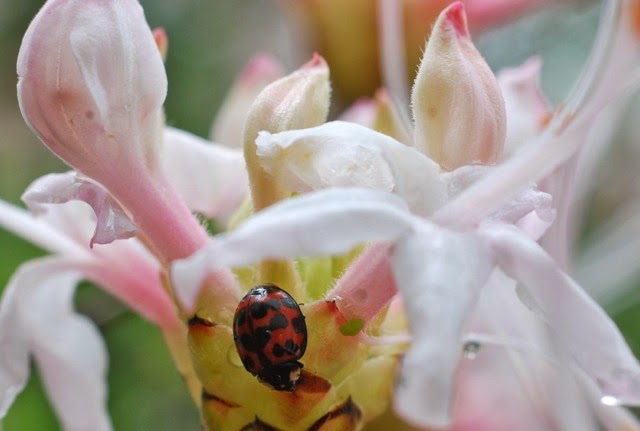Get Out Chattanooga Magazine discovered my blog recently and asked to do a feature article about what it is like to be caretaker here at Reflection Riding Arboretum & Nature Center. Below is a brief question and answer interview written by Mary Beth Torgerson that was published in this month’s issue. Thanks Mary Beth!
Wilderness Retreat
A secluded cabin. Waking up to the call of birdsong. Over 300 acres of wilderness at your doorstep. This may sound like a dream, but for Reflection Riding Arboretum & Nature Center Caretaker, Jeff Guenther, it’s a way of life. We sat down with Jeff to talk caretaker responsibilities and communing with nature.
How long have you been with the Reflection Riding Arboretum & Nature Center?
I moved here last March. I was a photojournalist for about 23 years, and on a hike while shooting some photos for a story, I met Jeffrey Hunter who was the former caretaker. He happened to mention that he was the caretaker, and he was leaving soon. I applied for the position, and I’ve been living here ever since. Being an outdoor enthusiast, it’s perfect for a guy like me. It’s been a really good fit, and I’d like to remain the caretaker for a long time.
What is a typical day like for a wilderness caretaker?
It’s really a role, not a job. The perk of the role is that I get to live in the caretaker’s cabin on more than 300 acres. There’s no golf courses and no pools — it’s just me after dark which is what I like. I make sure that my presence is felt here after hours. I usually patrol the property. If it’s before or after business hours, I’ll lock the gates or unlock gates to let folks in or out. I’m kind of the Andy Griffith of Reflection Riding. But what I do mostly is photography. I shoot pictures of most everything I see and provide pictures and videos for marketing materials and the website.
What kind of outdoor activities do you enjoy?
JG: One of the perks of being caretaker is that within 5 minutes, I can have my kayak in the creek. I enjoy paddling, taking my GPS and exploring smaller creeks. I’ve paddled about 11 miles from Lookout Creek down to the Nature Center. I do a lot of camping out of my kayak. I’ve always enjoyed hiking and backpacking, and I’m a recreational tree climber. Some people don’t get it, but I guess I’m an actual tree hugger.
Why should people visit the Reflection Riding Arboretum & Nature Center? What are some of the outdoor activities available there?
People don’t realize its proximity to downtown—you can be here in 10 minutes. It’s just at the base of Lookout Mountain, and it’s just as scenic as it can be. If you like paddling, there’s Lookout Creek. For hikers, there are 12 miles of hiking trails, some suitable for mountain biking, and that’s just the beginning because a whole lot of these trails link up to the trails on Lookout Mountain. You’ve also got the Wildlife Wanderland, which is where our animals like red wolves and a bobcat are on exhibit, and some great educational programs from staff for adults and children. There are some people who just don’t know we’re here, and that’s a shame. It’s a beautiful place. More people should come out and see what Reflection Riding has to offer.














































 They are beautiful
They are beautiful 


